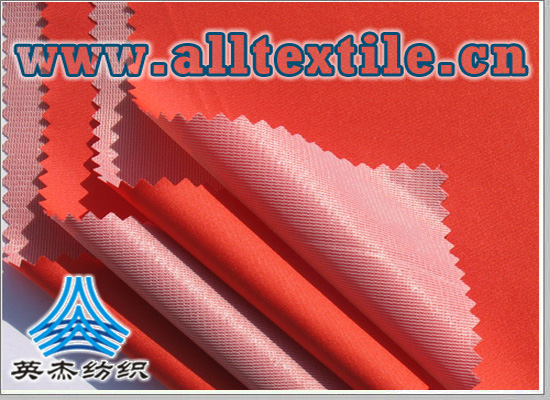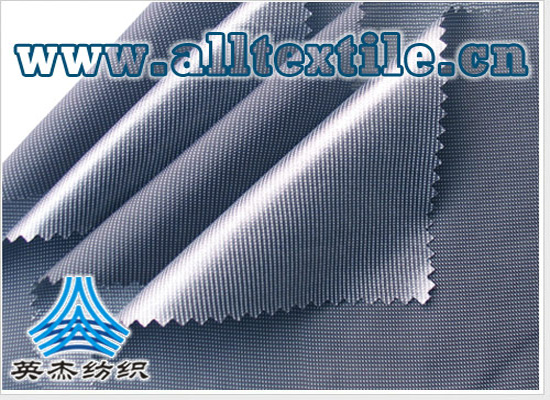Halogen-free flame retardant TPE/TPUHow to make it?
Everyone in the halogen-free flame retardant TPU and TPE industries hopes to adopt or knows that it is a trend, but due to various reasons, it is currently unable to be popularized on a large scale. In response to this phenomenon, this article will do some analysis, hoping to be helpful to everyone in material selection, processing, and development.

First, TPU halogen-free flame retardant technology is relatively difficult.
Flame retardant dripping phenomenon, flame retardancy, mechanical properties and surface after flame retardation are all greatly reduced. Take the tensile strength as an example. Generally speaking, the tensile strength of pure TPU is 30~40MPa. After adding ordinary flame retardants, it quickly drops to around 10MPa or even below.
Second, it is difficult to process.
Due to the development rules of the wire industry, everyone uses PVC wire machinery to process TPU, so there is a practical problem, but the current situation is like this, you cannot let everyone replace the wire that is more suitable for processing TPU. Machine, we can only face reality and process TPU on existing machinery. Many of them fail in processing. The following is a very experienced processor’s summary of several TPUs that are popular in foreign countries and in China. They are relatively true and are for reference!
1. Huntsman PU VO4766 is the most commonly used and best-processed TPU, matt fabric, and the processing temperature is slightly lower than that of ordinary PVC (depending on the machine condition). Bake the material for 1.5 hours at 100C before extrusion. Clean the screw (the screw must be pulled out and cleaned). Only after it is properly heated to the TPU processing temperature can the material be added for production. The speed cannot be too fast. It is best not to use extrusion, otherwise the screw pressure will be too great. , the thread surface is broken, and the temperature cannot be too high, otherwise there will be black impurities and the screw must be cleaned again.
2. BASFTPU 1185 bright fabric, the processing temperature is between 195 and 210 degrees, depending on the visual surface conditions, the material is dried for 2 hours at 100C before extrusion, and at the same time, the empty machine is heated for 1.5 hours at 180~190C; This material is relatively sticky and difficult to control on the thread surface. The mold marks are serious and the thread surface is difficult to control. Please pay more attention to the processing.
3. BASFTPU 1154 bright fabric, high hardness, high elasticity, long and high elasticity thread, the temperature at the beginning of processing is 190~200~230, after normal production, the temperature in the middle and rear sections will be appropriately reduced by 5 ~10C, depending on the surface conditions, dry the material for 2 hours at 100C before extrusion, and heat it with an empty machine for 1.5 hours at 180~190C; remember not to shut down the machine during the production process, as the rubber rice will be burnt during the production process Do not speed up casually, otherwise there will be pitting or dents on the thread surface. When the temperature drops slightly, the material will solidify on part of the screw and the honeycomb plate of the machine head. Therefore, if there is a sudden power outage, you must quickly pull out the screw and clean it. Otherwise, all you have to do is burn the screw; the material is in a solution state during processing, which is very troublesome.
4. NOVEON58202; high elastic material, smooth, but not very bright, processing temperature 195~210; during processing, it becomes a batter state, plastic but inelastic, and the speed is very slow. Other processing The method is similar to 1185; remember not to set the temperature too high, otherwise it will turn yellow and have cracks like PVC. )

Third, surface printing issues.
Due to the upgrade of halogen-free materials, printing inks are also required to be halogen-free, so another problem arises. Most inks cannot be printed and require processing or special inks, or they tend to fall off after printing, affecting sales, and are expensive.
Fourth, falling into misunderstandings in material selection.
(1) When choosing materials, there is no choice between TPE\TPU, and polyether TPU is better than polyester TPU.
From the material nature of TPE and TPU, two practical cases are given to illustrate the problem. Case 1: The customer chose flame-retardant TPE to make an oil-resistant wire, but they searched all over the country and couldn’t get it through because TPE itself is not oil-resistant and will expand, so it cannot be found. Secondly, the wire must be wear-resistant, and of course TPU is better than TPE. .
On the other hand, everyone has a misunderstanding. They often ask whether they are polyester or polyether. It is generally believed that polyether is better than polyester. In fact, the material is not well understood.
Let’s take a look at actual examples from customers:

Why is the outer cover made of TPU 4766 cable material? Will there be widespread peeling after using it for almost 1 year?
The cable we designed was made of TPU4766, but it was used in the hospital for less than a year and peeled off in large areas. According to the investigation, the hospital only occasionally used alcohol to clean it.) Let’s take what SK Chemical once did. Comparison of polyester and polyether, let’s judge.
Tensile strength polyester series>Polyether series
Tear strength polyester series>Polyether series
Abrasion resistance polyester series>Polyester series Ether series
Chemical-resistant polyester series>Polyether series
Transparent polyester series>Polyether series
Bacteria-resistant polyester series< Polyether series
Moisture evaporating polyester series<Polyether series
Low temperature impact polyester series<Polyether series
�The above comparison shows that there is no absolute single material, only composite materials can make up for the defects of the material itself, but the selection of basic materials is very critical. We believe that among the three materials of TPE/polyester TPU/polyether TPU, comprehensive considerations are the most important when choosing the substrate. A good substrate is polyester TPU because it has the most basic properties of solvent resistance, wear resistance, oxidation resistance, and tear resistance. TPE’s hand feel, water resistance, low temperature resistance, and mildew resistance of polyether TPU can all be improved through modification technology Do it.
(2) The performance of PVC is too much used to require the performance of TPU.
The most obvious one is hardness, which is two concepts. Surface hardness and flexural modulus. Surface hardness is the so-called P number of PVC, and the so-called Shore A\D of elastomers. P number is a customary name, and the softness and hardness are evaluated according to the amount of oil filling; and Shore A is the accurate way to express surface hardness. . Another thing that is often overlooked is the flexural modulus and rebound. PVC hardness or softness is just a matter of surface hardness. It is not an elastomer. Softness can only be expressed by hardness. TPU is different. In addition to the surface hardness of the elastomer, the flexural modulus determines the softness. Materials with hard surfaces usually have good softness when processed. It is recommended to break out of the mindset of material selection in the PVC era.






